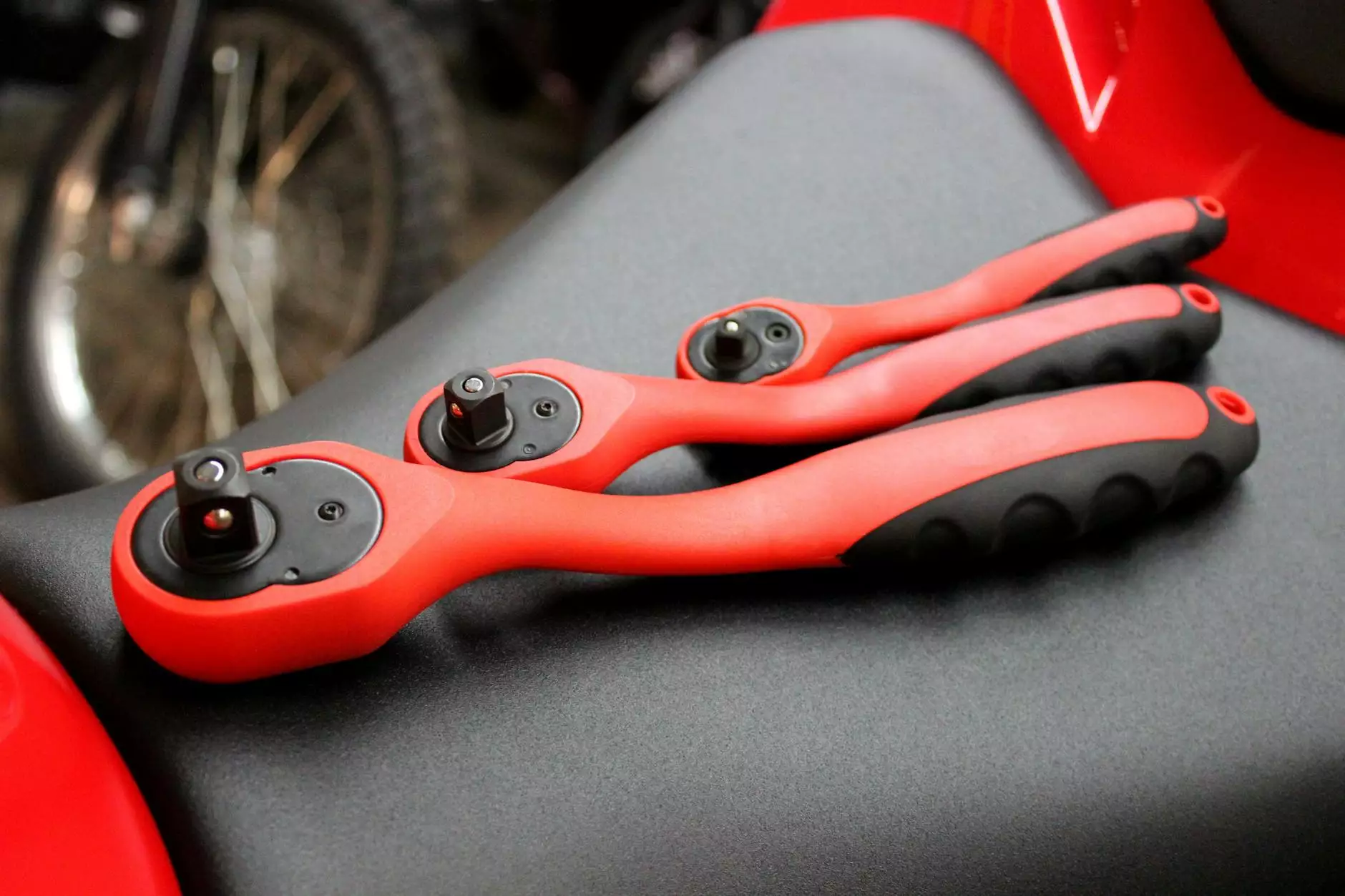How Google Web Crawling Works
SEO Marketing
Introduction
In the world of SEO, understanding how search engines like Google crawl and index web pages is essential for achieving better search engine rankings. In this article, we will delve into the intricacies of Google Web Crawling and explore effective strategies to optimize your website for improved visibility in search results.
What is Web Crawling?
Web Crawling, also known as web spiders or bots, refers to the automated process of discovering and indexing web pages. Google uses a sophisticated algorithmic process called the Googlebot to crawl the vast web, collecting information and organizing it in the search engine's index.
How Does Google Web Crawling Work?
Google Web Crawling follows a systematic process that involves the following steps:
- Discovery: Googlebot starts by fetching a few web pages and then follows the links on those pages to find new URLs to crawl. This process takes place continuously, updating Google's index with new and updated content.
- Crawling: Googlebot visits the discovered URLs and analyzes the page content, including text, images, and other elements. It parses the HTML code and builds a representation of the page's content.
- Indexing: After analyzing the page, Googlebot adds the page's content to the Google Search index. This index is a vast database that allows Google to quickly retrieve relevant pages for search queries.
- Ranking: When a user performs a search query, Google's ranking algorithms analyze the indexed pages and determine the most relevant and authoritative ones to display in the search results.
Optimizing Your Website for Google Web Crawling
To enhance your website's visibility and improve search engine rankings, consider the following optimization strategies:
1. Quality Content
To attract Googlebot's attention, focus on creating valuable and unique content that fulfills the needs of your target audience. Craft engaging articles, blog posts, and informative guides that provide comprehensive information on your business and the services you offer.
2. Keyword Research
Perform thorough keyword research to identify relevant search terms and phrases that your potential customers might use. Incorporate these keywords naturally into your content, including headings, subheadings, and body paragraphs, to optimize your website for specific search queries.
3. Meta Tags
Create compelling meta tags for each page on your website. The title tag should include relevant keywords and provide a concise, descriptive overview of the page. The meta description tag should entice users to click through to your website by offering a compelling preview of the page's content.
4. User-Friendly URL Structure
Ensure your website has a well-structured URL hierarchy that allows Googlebot to easily navigate and understand your site's organization. Use descriptive, keyword-rich URLs that accurately represent the page's content.
5. Mobile-First Design
Given the increasing number of mobile users, having a responsive, mobile-friendly website is crucial for SEO success. Optimize your website for mobile devices to ensure a seamless user experience across all platforms.
6. Internal and External Linking
Utilize internal linking to establish a logical and hierarchical structure among your web pages. Link related pages together using descriptive anchor text. Additionally, earn high-quality external links from reputable websites to increase your website's authority in the eyes of Google.
Conclusion
Understanding how Google Web Crawling works is vital for effective search engine optimization. By focusing on providing high-quality content, conducting thorough keyword research, optimizing meta tags, creating a user-friendly URL structure, designing for mobile devices, and utilizing internal and external linking strategies, you can enhance your website's visibility and outrank competitors in Google's search results. Stay up-to-date with the latest SEO trends and continuously improve your online presence to maximize organic traffic and achieve business growth.










